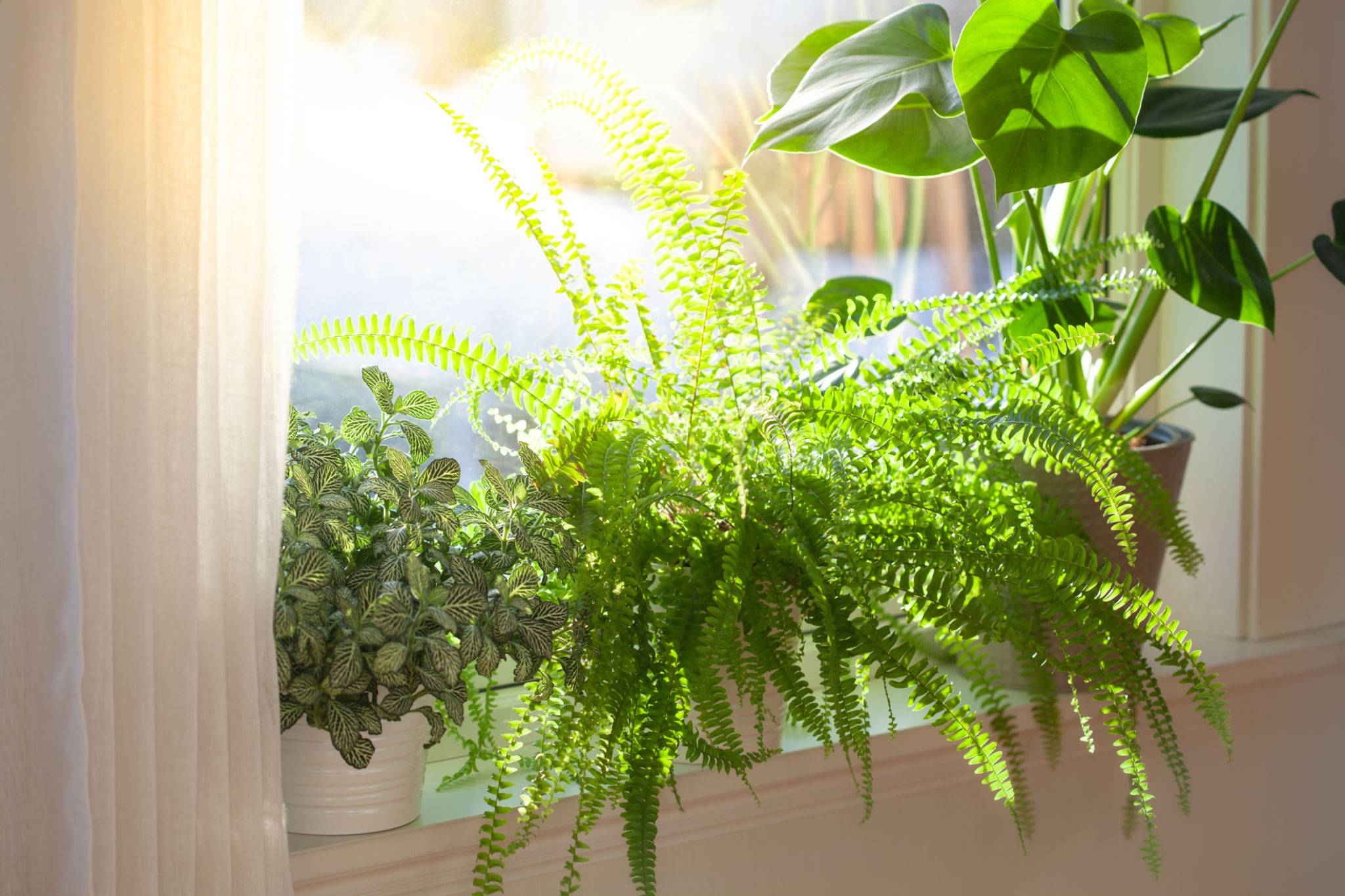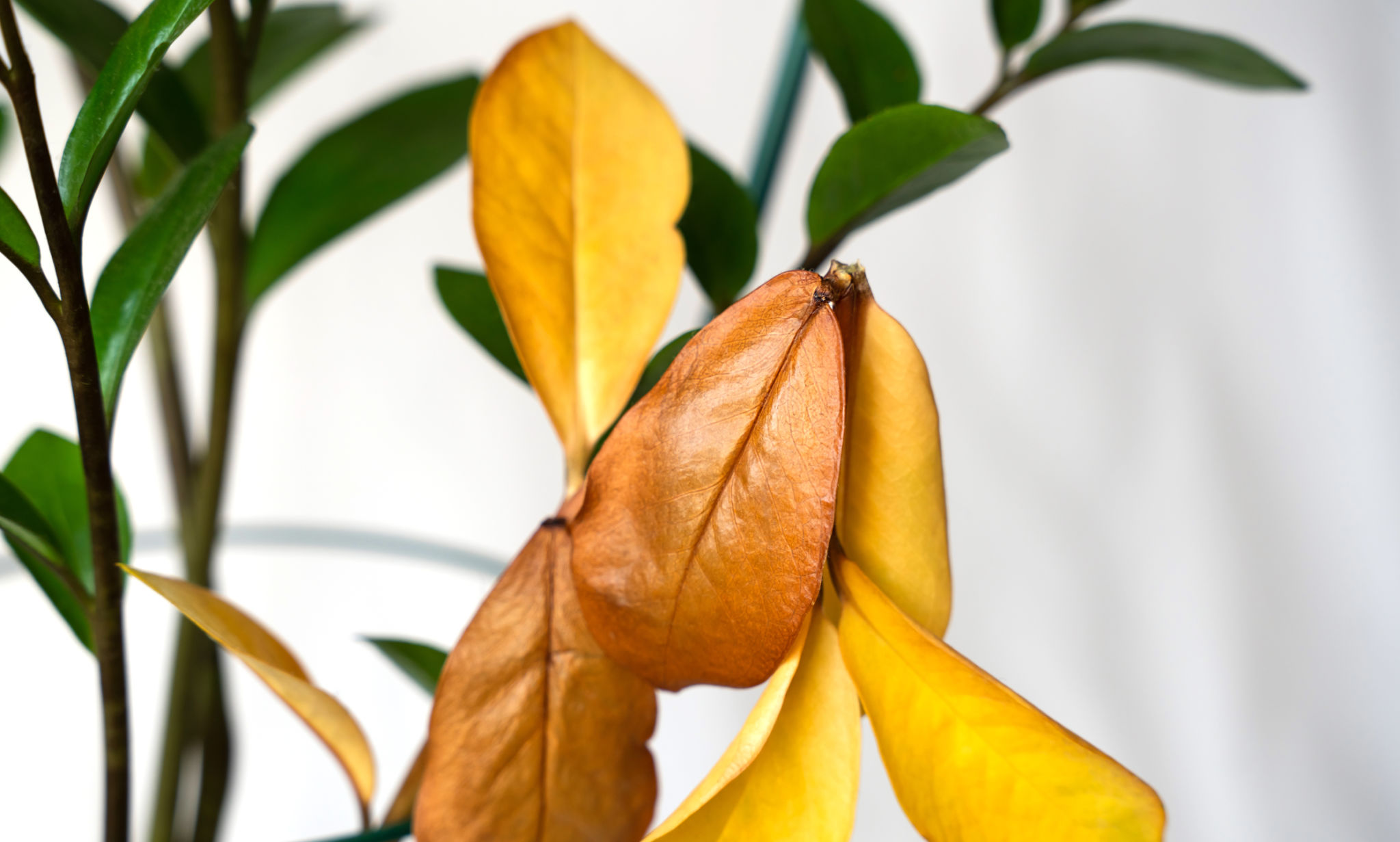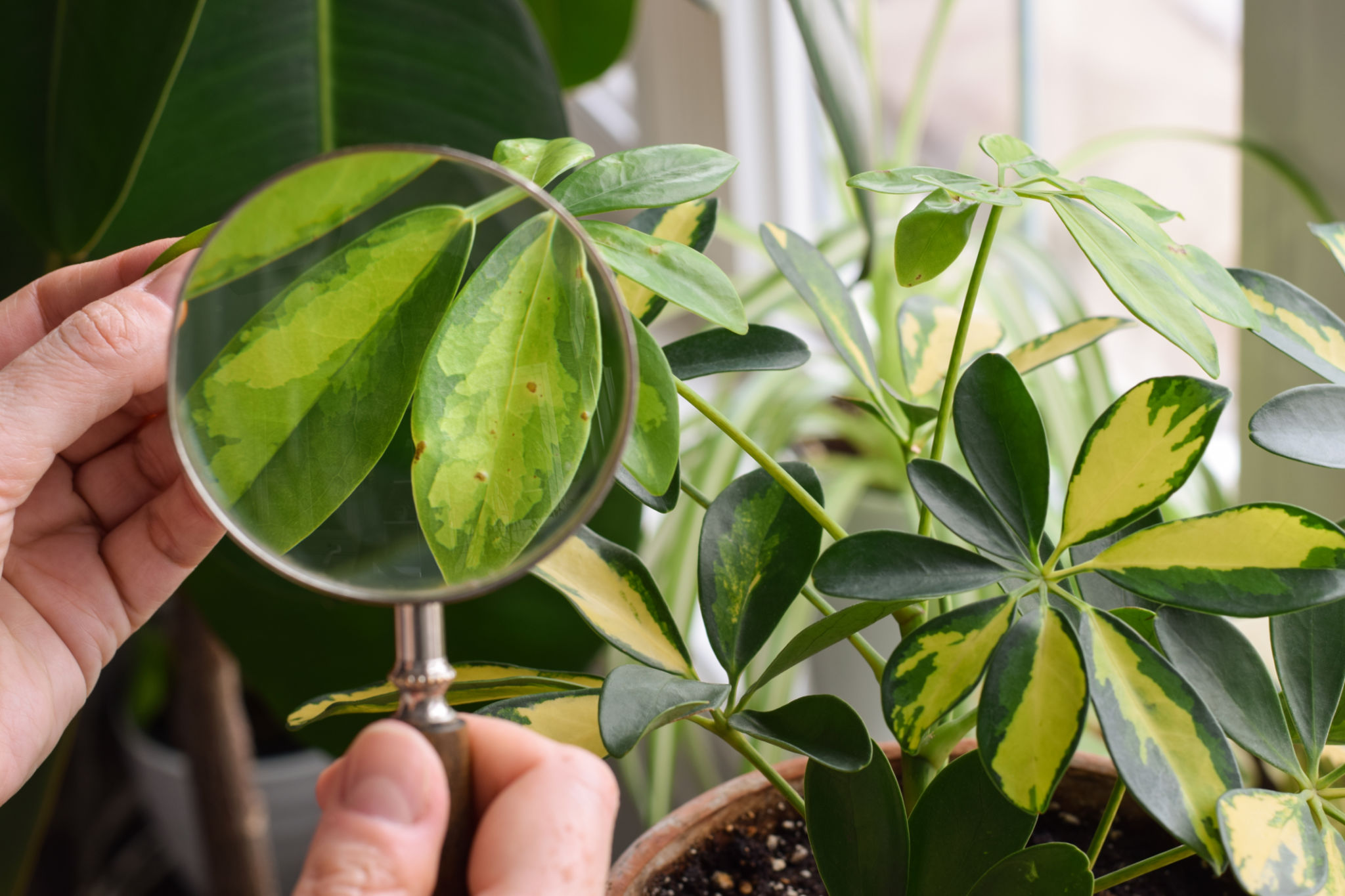Debunking Common Myths About Indoor Plant Care
Understanding Light Requirements
One of the most prevalent myths about indoor plant care is that all plants thrive in direct sunlight. In reality, each plant has its own specific light needs. Some prefer bright, indirect light, while others flourish in low-light conditions. It's essential to research the light requirements of each plant species you own to ensure they receive the appropriate amount of sunlight. This will prevent issues like sunburn or stunted growth.

Direct vs. Indirect Light
A common misconception is that any light will do, but there's a significant difference between direct and indirect light. Direct light comes straight from the sun, while indirect light is diffused, often coming through a curtain or reflecting off a wall. Plants that require indirect light can suffer from leaf scorch if placed in a window with harsh midday sun.
Watering Wisely
Another myth is that plants need to be watered on a strict schedule. Overwatering is a frequent mistake that can lead to root rot and other issues. Instead of watering on a set schedule, it's better to check the soil's moisture levels and water only when needed. Stick your finger into the soil about an inch deep; if it feels dry, it's time to water.

The Myth of Misting
Many believe misting plants regularly is necessary, but this is often more beneficial for increasing humidity than watering. For plants that thrive in humid environments, consider using a pebble tray or a small humidifier instead of relying solely on misting.
Feeding and Fertilizing
There's a notion that indoor plants need constant feeding to flourish. While fertilization is essential for growth, over-fertilizing can be harmful. Most houseplants benefit from feeding every 4-6 weeks during the growing season (spring and summer) and less frequently in fall and winter when growth naturally slows.

Choosing the Right Fertilizer
The type of fertilizer also matters. A balanced, water-soluble fertilizer is typically best for most houseplants. However, always follow the package instructions and be cautious not to exceed recommended amounts to avoid nutrient burn.
Dealing with Pests
A widespread myth is that indoor plants are immune to pests. Though less common than with outdoor plants, pests like spider mites and aphids can still find their way indoors. Regularly inspect your plants for signs of infestation and treat promptly with natural remedies or insecticidal soap when necessary.

Prevention Is Key
Keeping your plants healthy is the best way to prevent pest infestations. Ensure proper air circulation around your plants and avoid overcrowding them to reduce the likelihood of pest outbreaks.
Conclusion
By debunking these common myths about indoor plant care, you can create a healthier environment for your plants and enjoy their beauty for years to come. Remember, understanding your specific plant's needs is crucial in providing the best care possible.